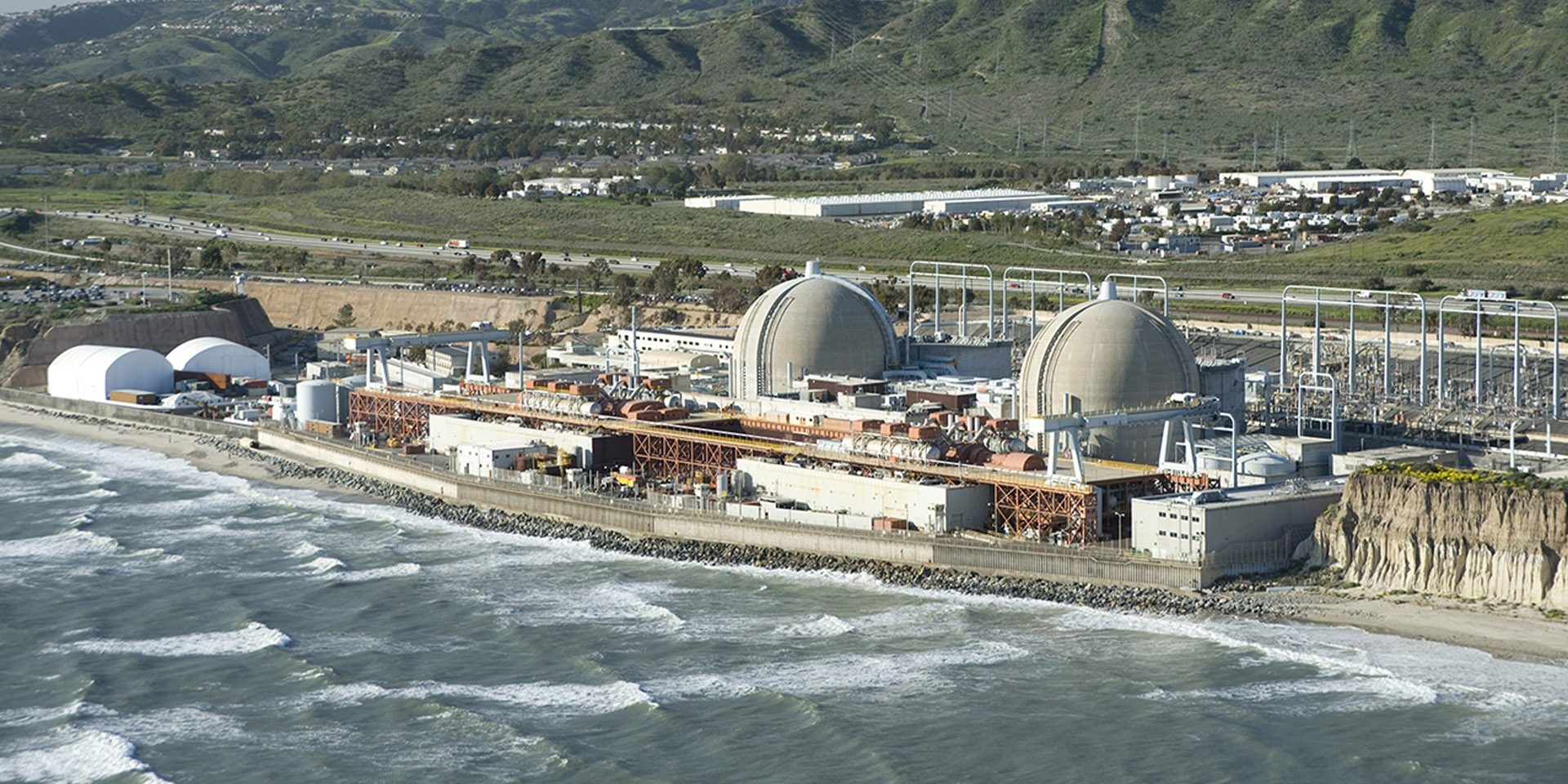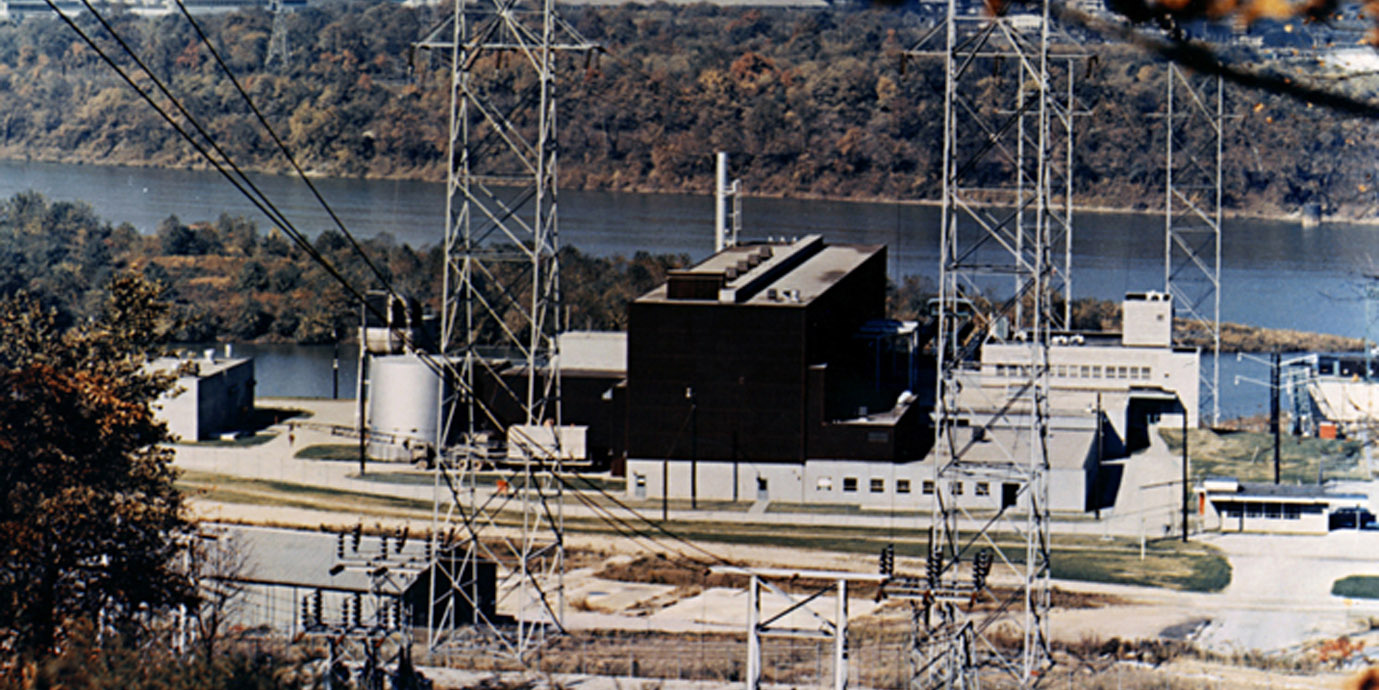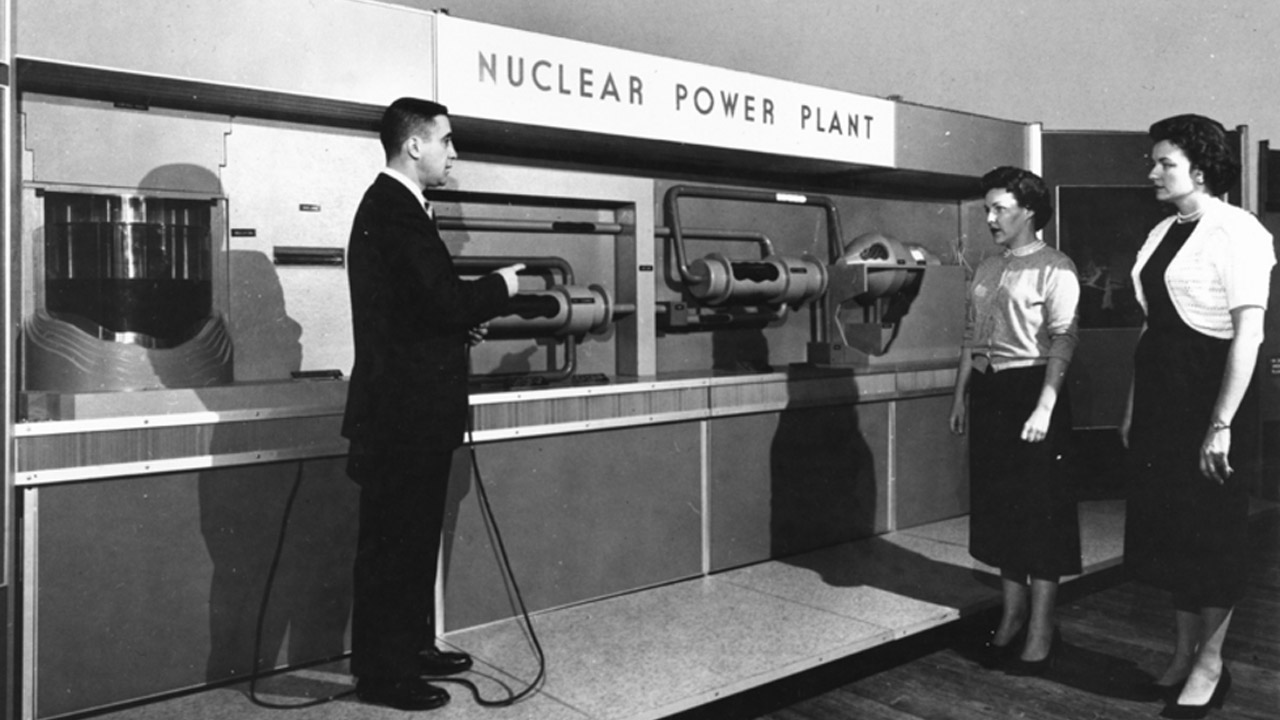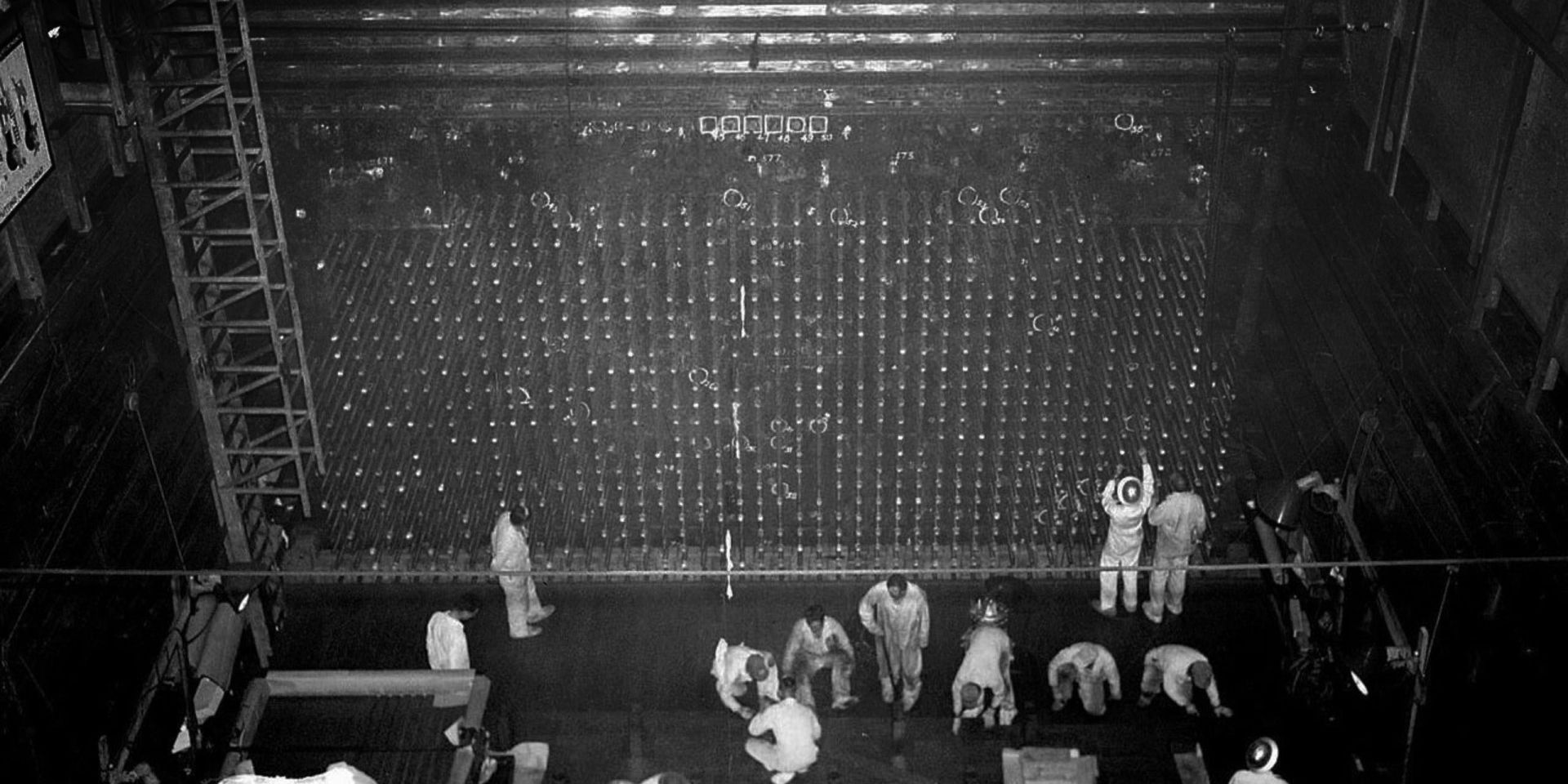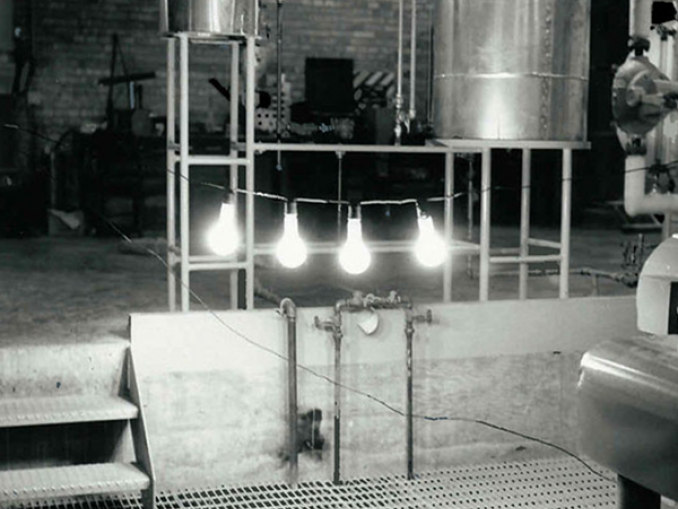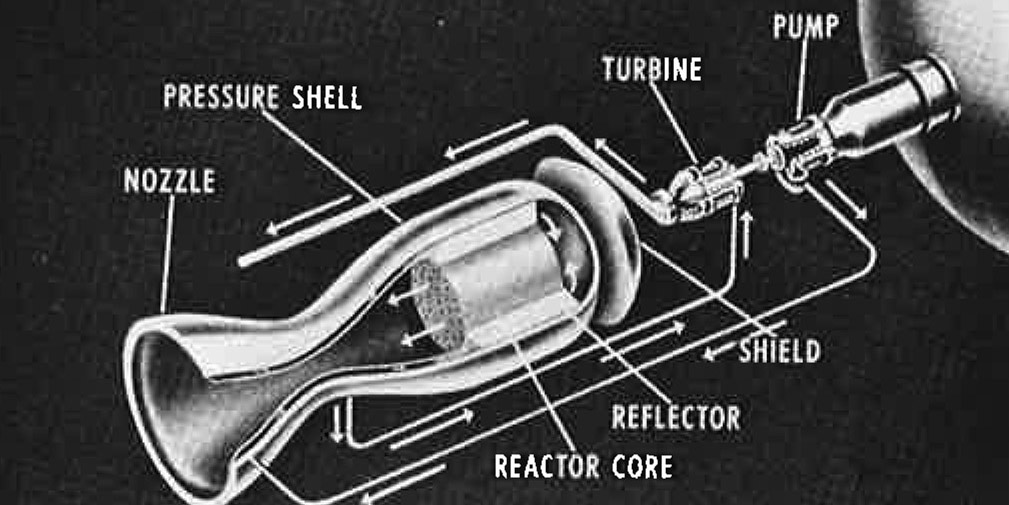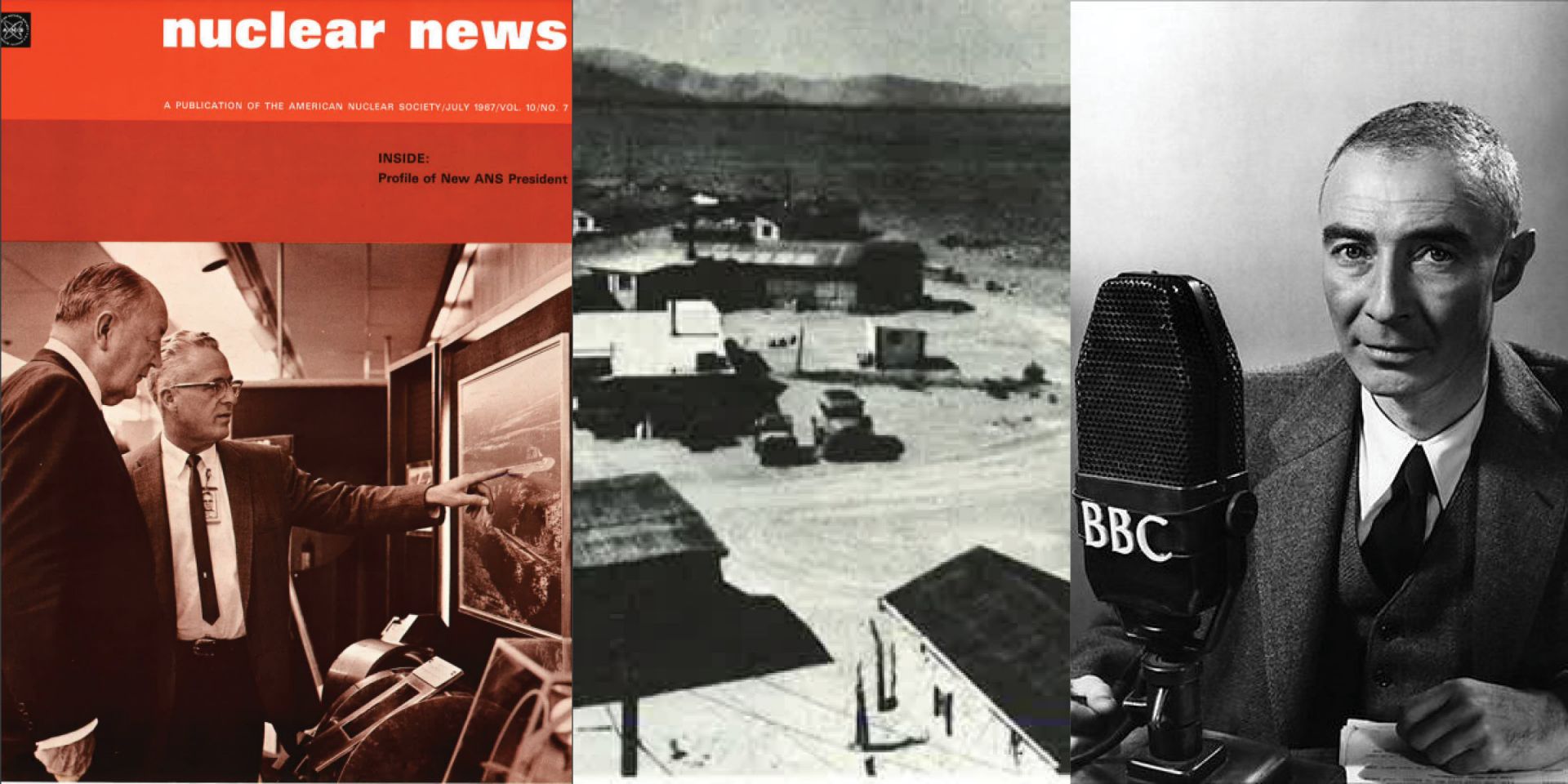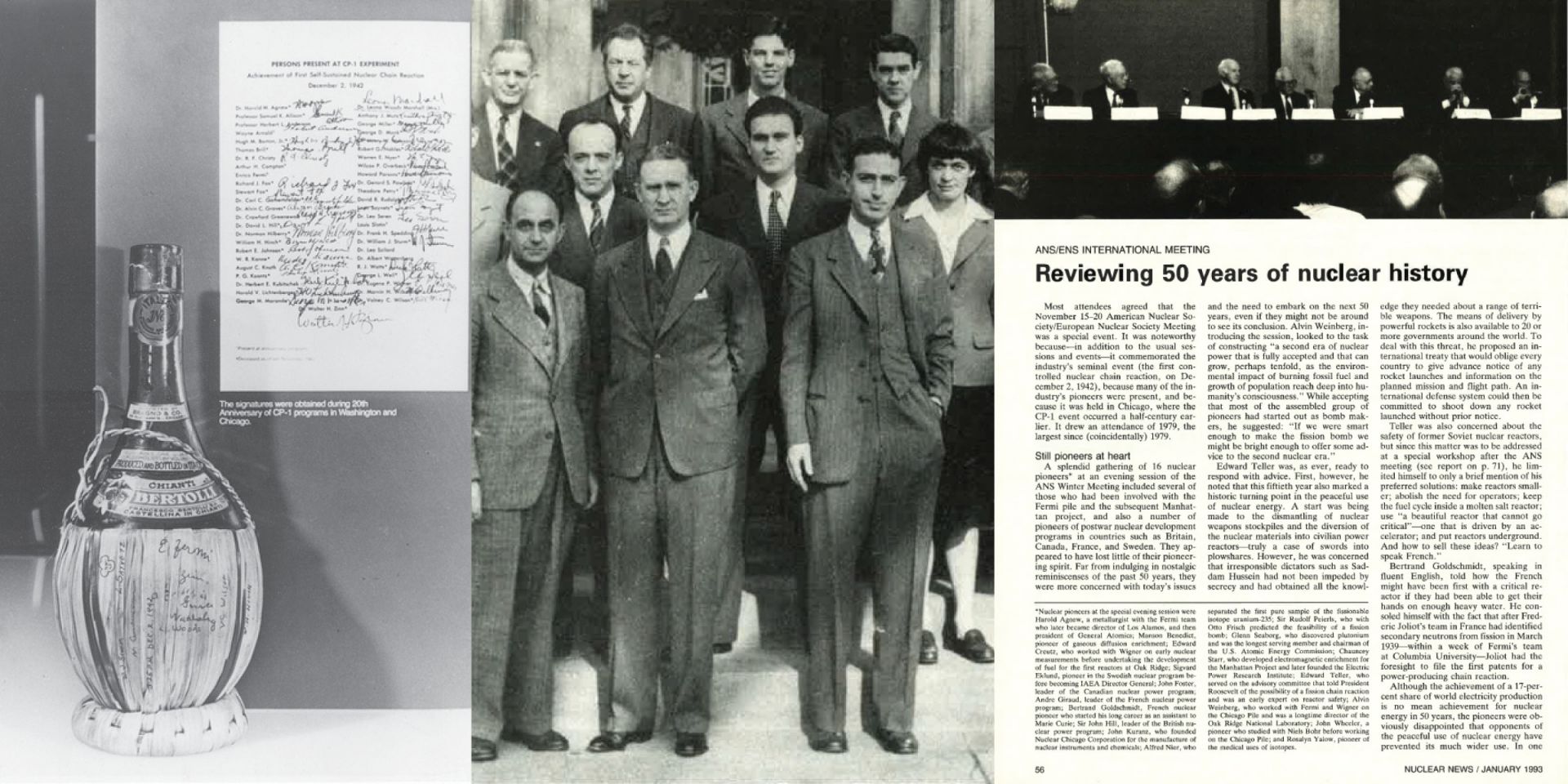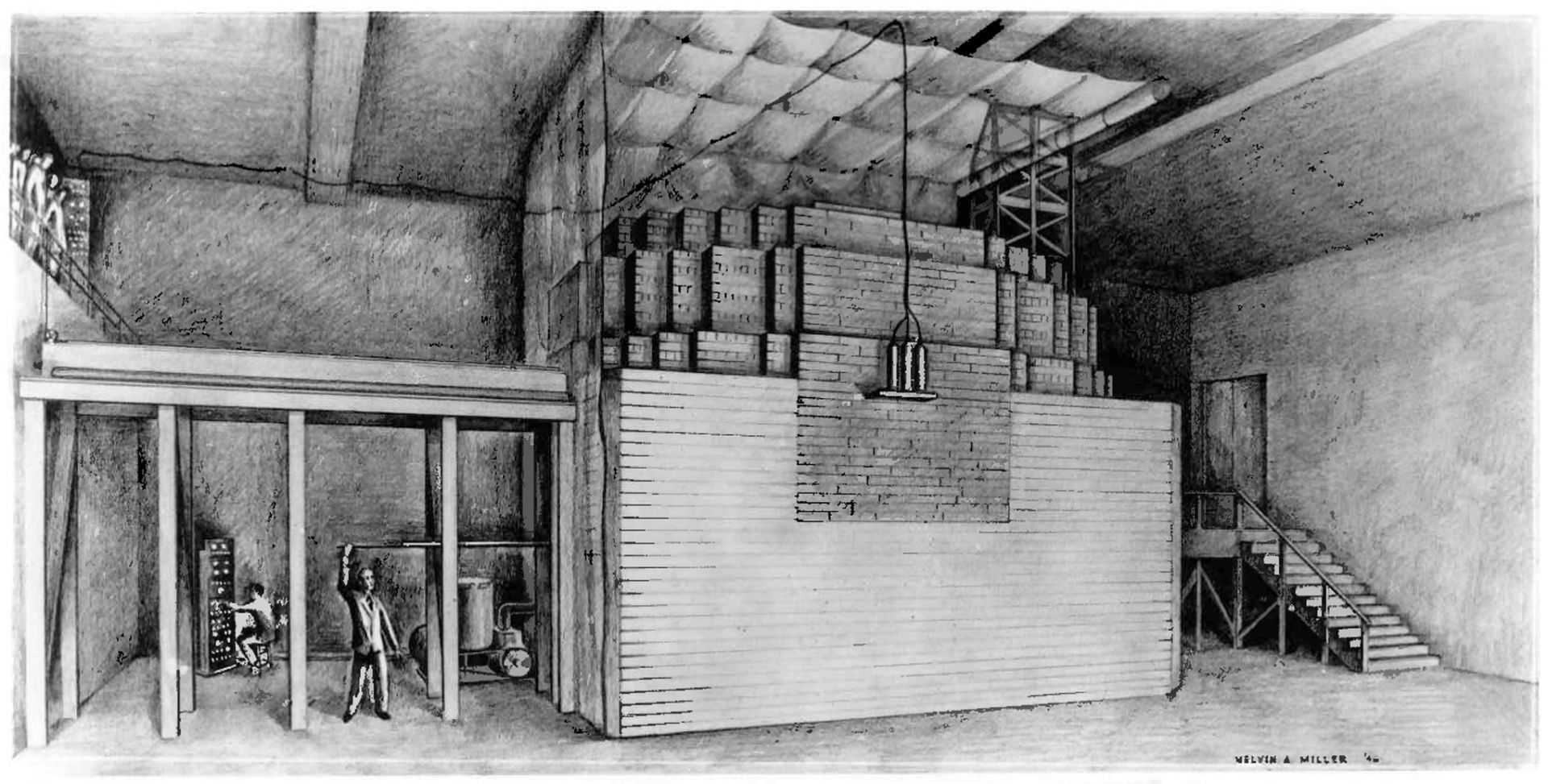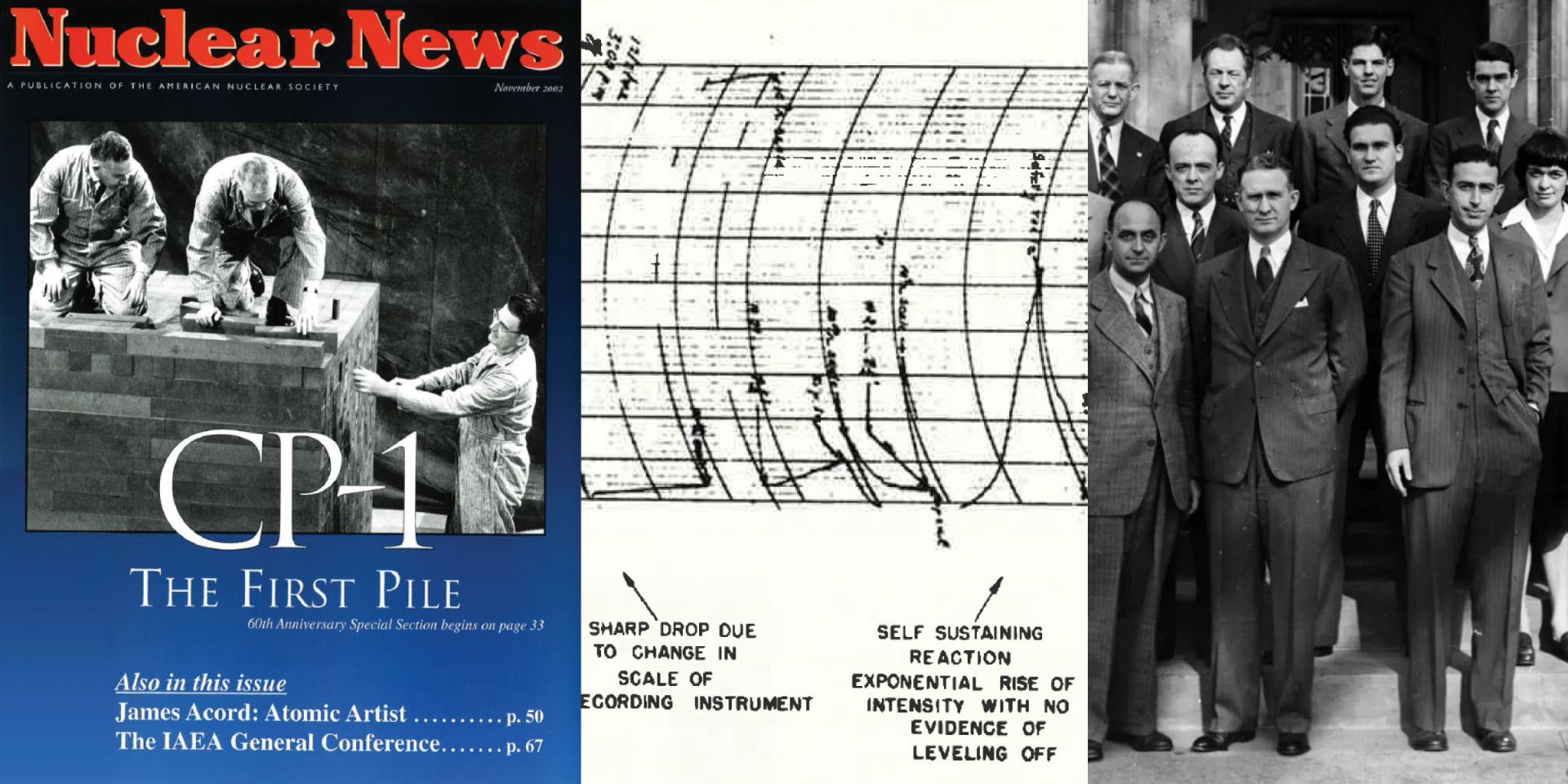Experimental Breeder Reactor-II (Photo: ANL)
If you head west out of Idaho Falls on U.S. Highway 20 and make your way across the Snake River Plain, it won’t be long before you’ll notice a silver dome in the distance to the north. One of the most recognizable structures in the history of nuclear energy, Experimental Breeder Reactor-II stands out from the desert landscape. The 890-square-mile site on which EBR-II is located is the former National Reactor Testing Station, now known as Idaho National Laboratory.
The National Reactor Testing Station (Photo: DOE)
Gas-cooled reactors have roots that reach way back to the development of early experimental reactors in the United States and Europe. In the United States, early experimental reactors at Oak Ridge and Brookhaven National Laboratories were air-cooled, as were early production reactors known as the “Windscale Piles” in the United Kingdom. Dragon, also located in the United Kingdon and operational from 1965 to 1976, used helium as the coolant and graphite as the moderator.
San Onofre Nuclear Generating Station. (Photo: Southern California Edison)
Ten years ago this month, on June 7, 2013, Southern California Edison (SCE) communicated the decision to permanently shutter the San Onofre Nuclear Generating Station (SONGS). The decision set in motion the decommissioning of a plant that had provided steady baseload power for the region since 1968 during a period of tremendous growth in the western United States. In the end, issues presented by the planned replacement steam generators that were intended to support future plant operations proved too large of a hurdle, and the plant was forced to retire.
The Shippingport Atomic Power Station in Shippingport, Pa., the first full-scale nuclear power generating station in the United States, began operating in 1957.
Serving as the world’s first scalable nuclear power plant, Shippingport Atomic Power Station led the way for today’s nuclear generation fleet. Shippingport was centrally located roughly 25 miles from Pittsburgh, Pa., to provide electrical generation for many end-users. Shippingport also served as an experimental reactor that allowed engineers and designers the ability to test different core designs, and as such, the site housed additional testing equipment otherwise not commonly seen. The primary goal of Shippingport was always to generate electricity; however, its ability to function as an experimental reactor served utilities in further development of scalable nuclear generation.
A nuclear power display by the AEC was one of the exhibits at the Oregon Centennial Exposition and International Trade Fair in 1959. (Photo: Oregon Historical Society)
The Oregon Encyclopedia website has posted an article about the state’s Oregon Centennial Exposition and International Trade Fair, held in Portland in 1959 in celebration of Oregon’s becoming the 35th U.S state 100 years prior. The Oregon Encyclopedia is a project of the Oregon Historical Society.
The National Reactor Testing Station. (Photo: DOE)
In March 1949, the Atomic Energy Commission selected a site in Idaho for the National Reactor Testing Station (NRTS), known today as Idaho National Laboratory. Idaho’s Snake River Plain was selected because of the rural nature of southern Idaho. The site would go on to be the most remarkable proving ground for today’s nuclear industry. Experiments at this world-class facility have continually paved the way for nuclear innovation.
Front face of the B Reactor at the Hanford Site. (Photo: DOE)
In remote southeastern Washington you will find the sprawling Hanford Site, which was constructed to produce plutonium for the Manhattan Project. Within this complex is the first plutonium production reactor, the Hanford B Reactor. The DuPont Corporation was responsible for construction and operation of the B Reactor. Due to the urgency of the Manhattan Project, construction was completed in just over a year, and The B Reactor went critical on September 26, 1944. After the needs of the Manhattan Project were satisfied, the reactor was briefly shut down and then restarted to produce plutonium for roughly another 20 years, supporting Cold War efforts. In addition to plutonium production, the B Reactor also pioneered the process to produce tritium for the first-ever thermonuclear test.
On December 20, 1951, EBR-I became the first power plant to produce usable electricity through atomic fission. It powered four 200-watt light bulbs and eventually generated enough electricity to light the entire facility. (Photo: DOE)
"At 1:23 p.m. load dissipaters from the generator were connected—electricity flows from atomic energy.” These were the words Walter Zinn wrote in the log after the first four light bulbs were illuminated by nuclear energy. The year was 1951, and the EBR-I was about to show the world what nuclear energy had to offer.
A diagram from the January 1963 story depicting a nuclear-powered rocket.
It’s Thursday, meaning it’s time to dig through the Nuclear News archives for another #ThrowbackThursday post. Today’s story goes back 60 years to the January 1963 issue of NN and the cover story “Review of Rover: A nuclear rocket” (p. 9), which reviews the first phase of the nuclear rocket program from Los Alamos National Laboratory.
Some quick digging online uncovers a lot of information about Project Rover, most notably, a short 20-minute film on the LANL YouTube page that reviews the project (Historic 1960s Film Describes Project Rover). The description of the video notes that the project was active from 1955 to 1973 and led to the design of multiple reactors suitable for testing, including Pewee 1, and that NASA has a modern nuclear thermal propulsion project based on the Pewee design. So it seems fitting to revisit Project Rover, given that there is today a lot of renewed interest in nuclear propulsion for space exploration.
The opening line from the January 1963 article seems to ring true today— “Provided the U. S. continues her space efforts, nuclear-powered rockets are inevitable”—although that probably didn’t seem likely to the nuclear community after the country’s attention shifted from the Space Race to the Vietnam War in the early 1970s when Project Rover was canceled. The introduction to the article lays out the argument for a nuclear-powered rocket and provides a review of the program since its launch in 1955.
The full article as it appeared in 1963 is reprinted below, but don’t forget, all ANS members have full access to the Nuclear News archives that has decades of great content about all topics on nuclear science and technology. Happy reading!
A replica of the chianti bottle signed by many of those present on December 2, 1942, alongside the image of a document signed 20 years later by most of those present (Photo: ANL); a portion of a photo of CP-1 scientists taken on December 2, 1946 (Photo: ANL); January 1993 Nuclear News coverage of CP-1 50th anniversary commemorations during the 1992 ANS Winter Meeting.
Nuclear Newswire is back with the final #ThrowbackThursday post honoring the 80th anniversary of Chicago Pile-1 with offerings from past issues of Nuclear News. On November 17, we took a look at the lead-up to the first controlled nuclear chain reaction and on December 1, the events of December 2, 1942, the day a self-sustaining nuclear fission reaction was created and controlled inside a pile of graphite and uranium assembled on a squash court at the University of Chicago’s Stagg Field.
On December 2, 1942, a group of 49 scientists led by Enrico Fermi created the world’s first controlled, self-sustaining nuclear chain reaction underneath the University of Chicago’s Stagg Field football stadium. Some of those present went on to found Argonne National Laboratory. (Image: Argonne)
At a moment of global crisis, in a windowless squash court below the football stadium bleachers at the University of Chicago, a group of scientists changed the world forever.
On December 2, 1942, a team of researchers led by Enrico Fermi, an Italian refugee, successfully achieved the world’s first human-created, self-sustaining nuclear chain reaction. Racing to beat Nazi Germany to the creation of an atomic weapon, the team of researchers, working as part of the Manhattan Project, split uranium atoms contained within a large graphite pile—Chicago Pile-1, the first nuclear reactor ever built.
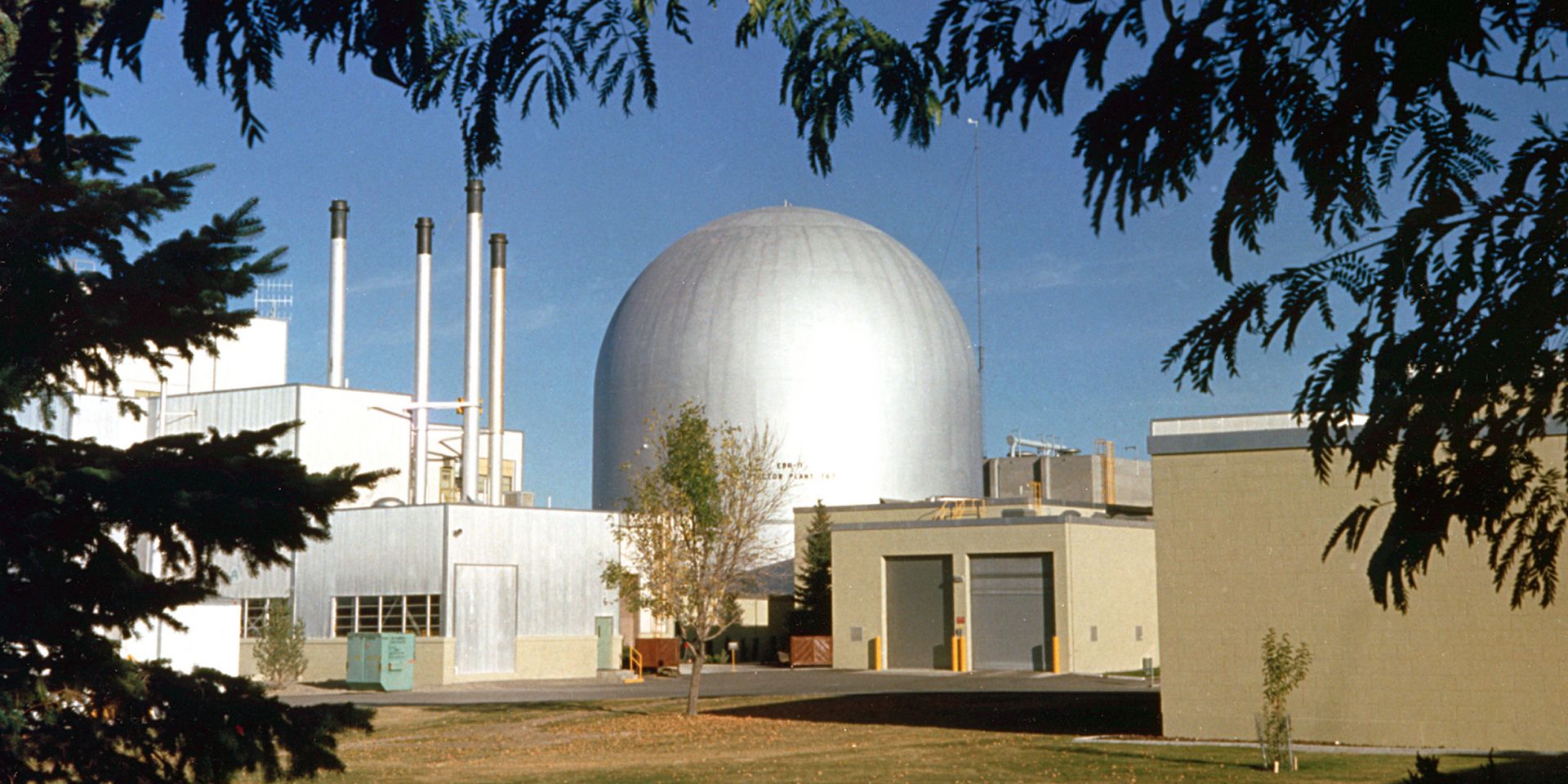



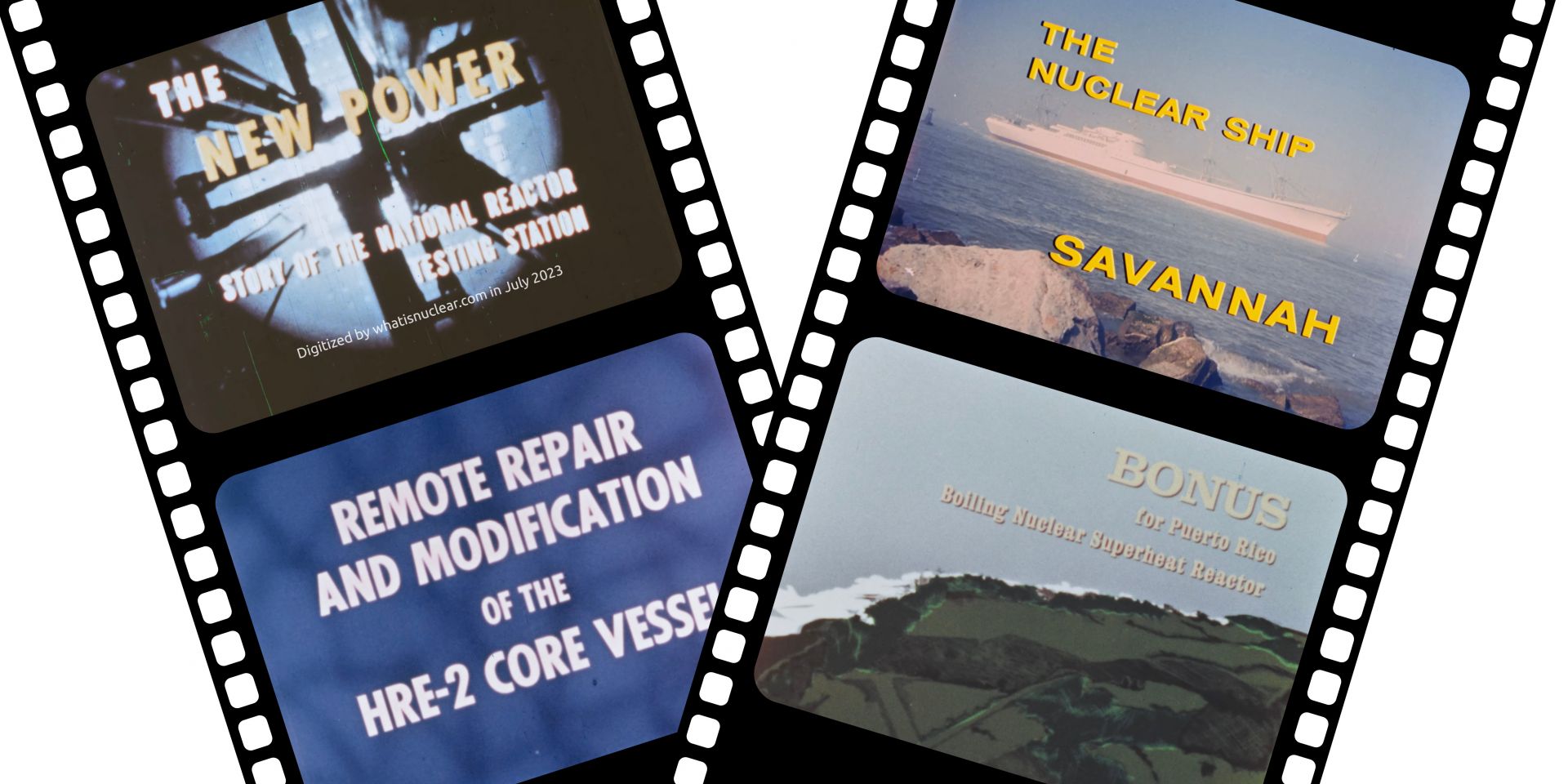
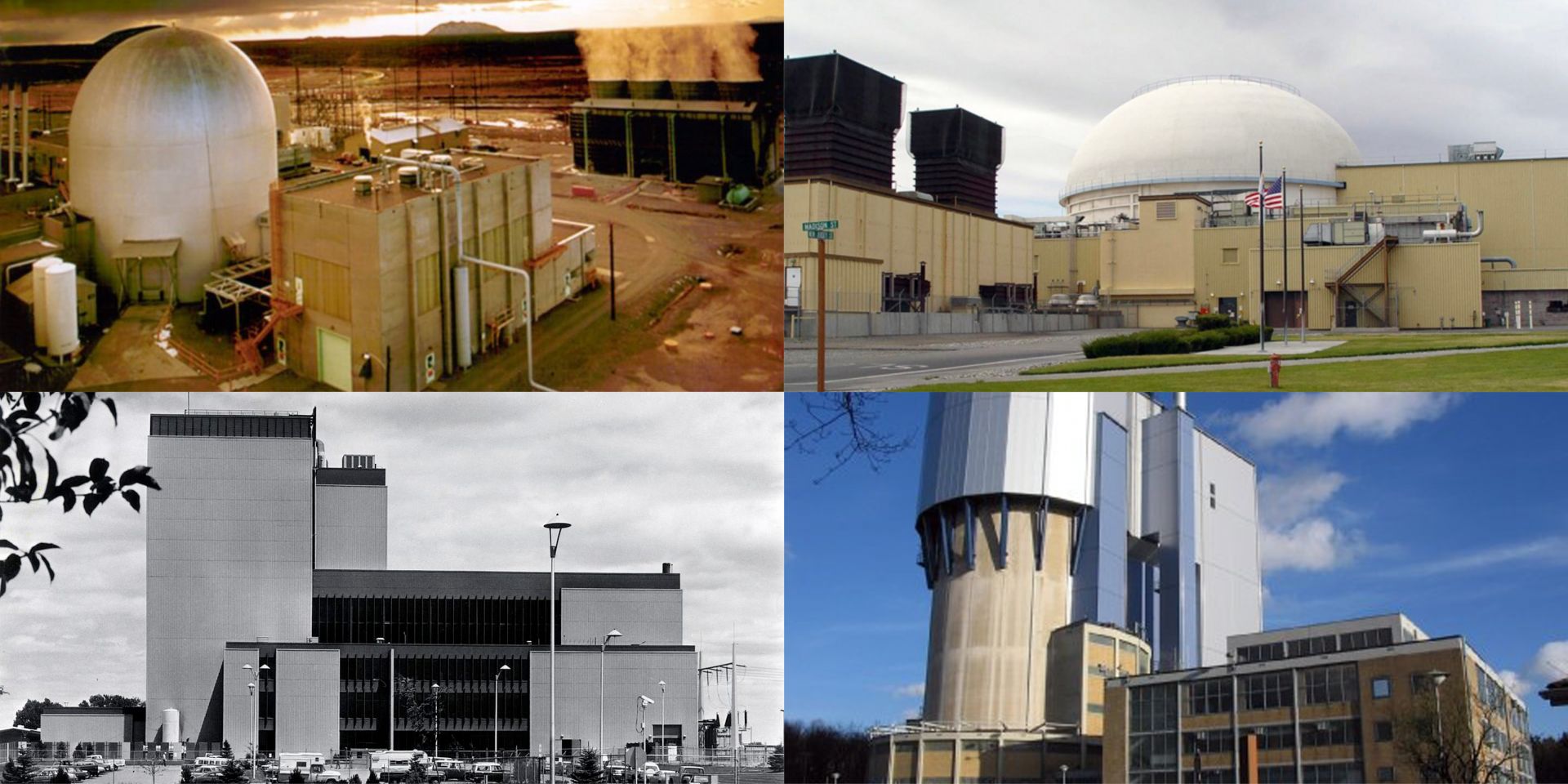
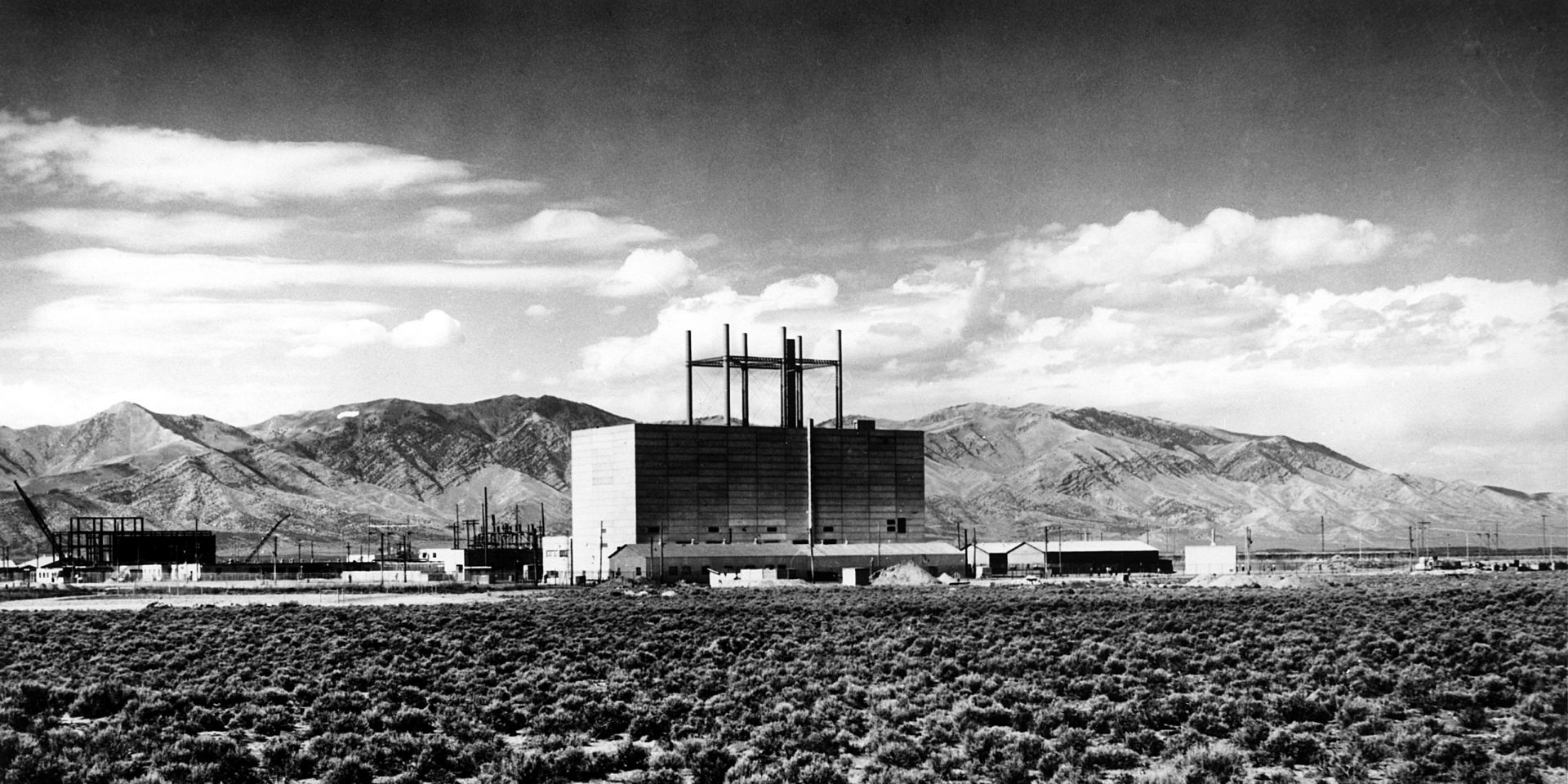 2x1.jpg)
